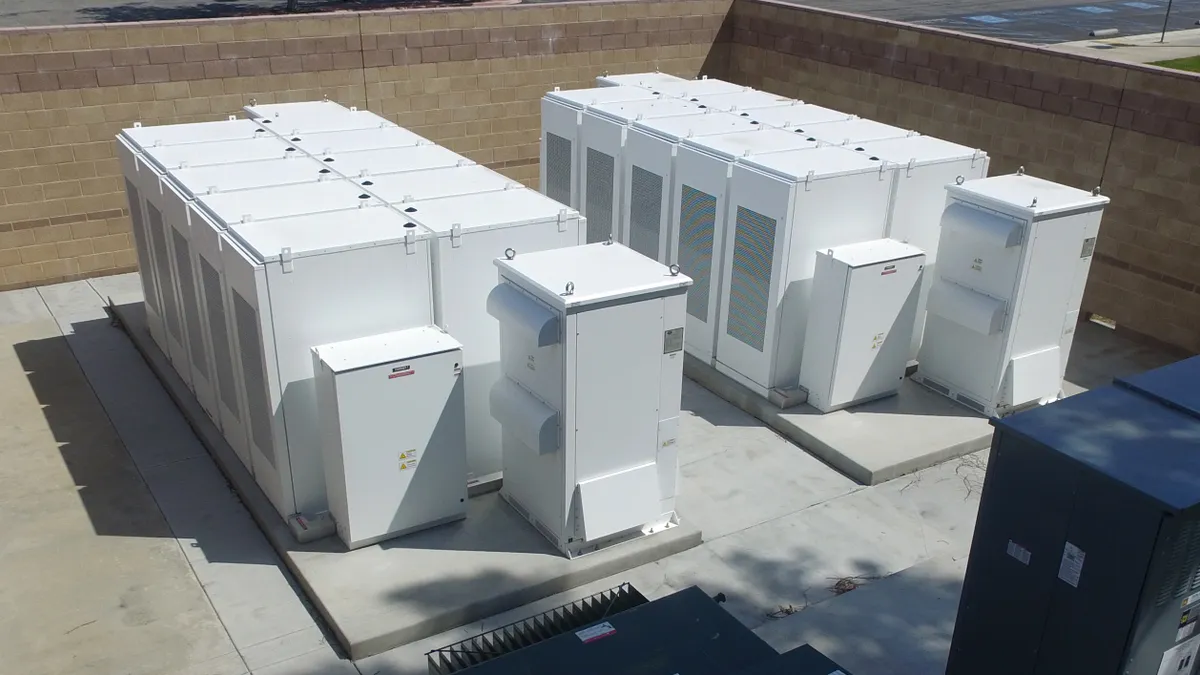Dive Brief:
- NV Energy filed comments Wednesday with state regulators lobbying against the development of an energy storage target, arguing that current planning processes are sufficient and the utility's 100% renewable energy goal means batteries will be necessary anyway.
- The Brattle Group concluded in an October report that up to 175 MW of utility-scale battery storage could be deployed cost effectively in Nevada by 2020.
- Other groups weighing in included Tesla and the Energy Storage Association (ESA), which both favor a storage target; and commission staff, which said the target was unnecessary but could be revisited in the future if needed.
Dive Insight:
NV Energy's "long-term goal" of providing 100% renewable energy has afforded the utility a powerful rhetorical argument, which it has wielded in a pair of recent debates.
The state's voters next week will consider a ballot initiative, Question 6, that would require electric utilities to source 50% of their electricity from renewable resources by 2030. NV Energy has remained neutral on Question 6, pointing out that it already wants to go all-renewables and dramatic policy changes can undo the progress made.
Now the utility is getting more mileage from the goal, telling regulators on the question of a storage target: "NV Energy has previously stated its goal to ultimately deliver 100 percent renewable energy to its customers. This cannot be achieved without procuring at some point the kinds of levels of energy storage presented in the [Brattle] report."
NV Energy says it fears the timing of the state's Integrated Resource Planning and Distributed Resource Planning cycles, which run on three-year schedules, and a biennial storage goal "will result in a disharmonious process" creating the possibility of conflicting targets.
Other comments traveled familiar territory.
ESA called Brattle's approach "conservative," and said "the ultimate net benefit is likely greater than the study estimates."
Battery manufacturer Tesla told the Nevada Public Utility Commission (PUC) that "experience from other states supports a determination that storage targets are in the public interest," pointing to California's procurement of 1.5 GW of energy storage since setting a target in 2013.
Staff of the PUC, however, argued that Brattle's methodology may not have been conservative at all. "The study quantifies benefits associated with energy storage that are not known and measurable and may be purely speculative," staff wrote, pointing to revenues from off-system wholesale sales.
While staff opposed setting the targets now, they said the issue could be revisited in the future if storage deployments do not show up in utility plans.
The Brattle report looked beyond 2020 and found more opportunity. By 2030, cost-effective battery storage deployment potential could range from 700 MW to more than 1,000 MW in Nevada, the authors found.
CORRECTION: A previous version of this story misidentified NV Energy's position on Question 6. The company is neutral on the ballot initiative.















